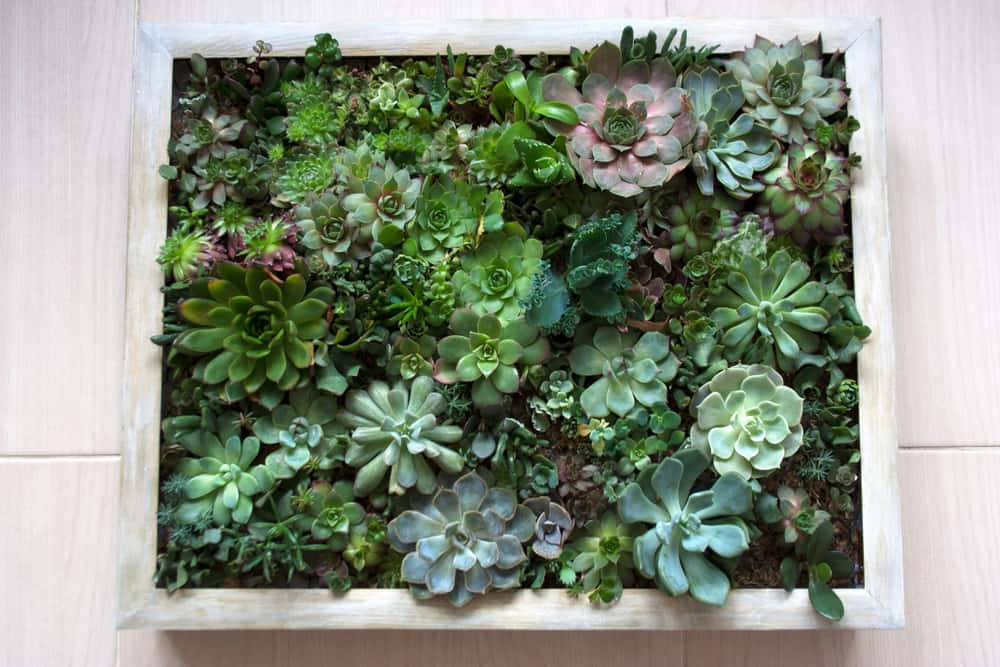Love gardening and have a green thumb but can’t have a garden because you lack floor space? A garden need not always be horizontal. Houseplants like annuals, shrubs, and perennials grow well in a vertical or hanging garden.
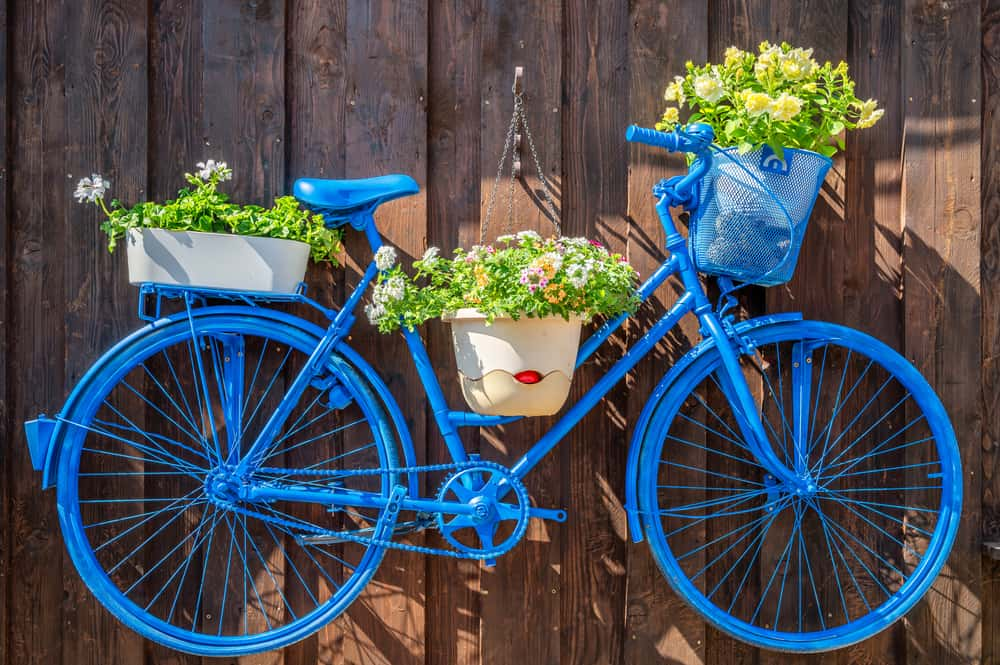
You can have something as simple as pots with your favourite plants hanging from the ceiling, or you could use your creativity and a few things left unused in your home to start working on one. In this post, we have tips for you to work on one of the best and most unique vertical or hanging gardens in your backyard, patio, and windows (interior and exterior.)
Wall Planters
Do you have a plain wall and want to deck it up? That wall could be the right place to mount plants. You could find numerous pots at the nursery or interior decorators. Alternatively, you could use creativity to convert old pots or containers to plant your favourite plants to spice up the otherwise boring wall.
The good news is that all plants do well as wall planters; however, if you are a new gardener and don’t know much about plants or have little time to care for them, begin the journey by using inexpensive plants like ferns, trailers, succulents and air plants and then progress to flowering plants, herbs and many more.
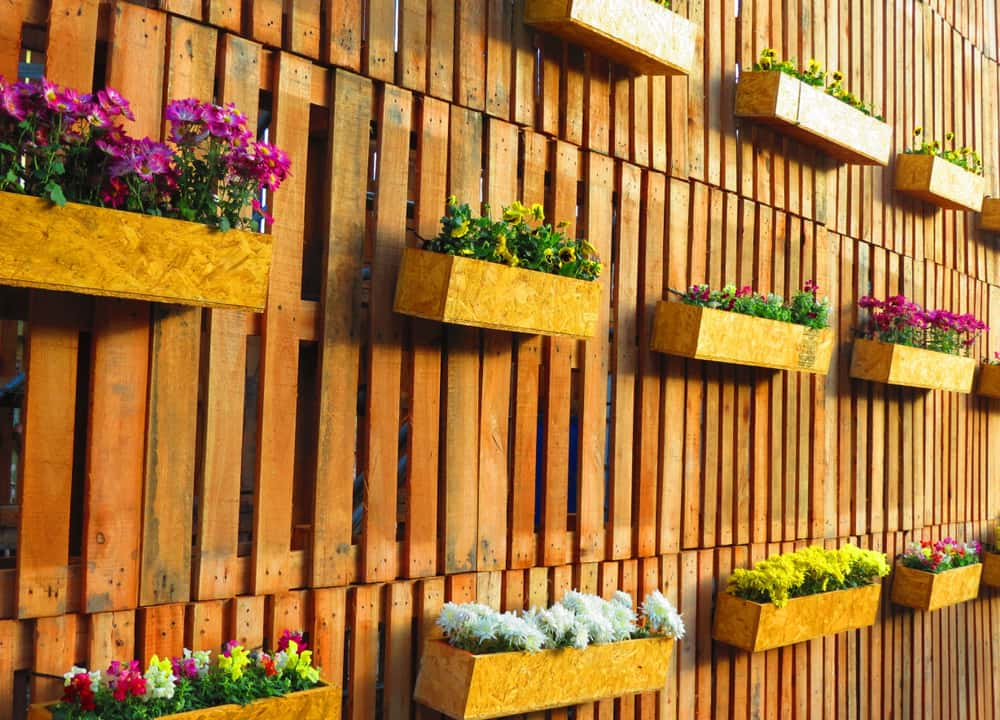
You do not have to follow a new process to mount plants on the wall. Plant wall planters as you would plant any plant in your garden. You only need to fill up the pot with potting soil and grow the plant into the pot. The only difference between the plants in your horizontal and vertical garden is that the vertical ones need frequent watering, and the sun should shine on the wall you want to use for the planters. However, it is advisable to take the plants off the wall while watering because the constant watering could damage the paint on the wall.
Use a Metal Grill to Hang Flowering Plants
If you want to have plants from the ceiling but do not want to drill too many holes in your ceiling, here is what you can do. Look around your home for metal frames or rods that you previously used to hang clothes that are of no use now. Drill two holes at the side of the columns to secure the rod and two in the centre to support the heaviest plant and rods.
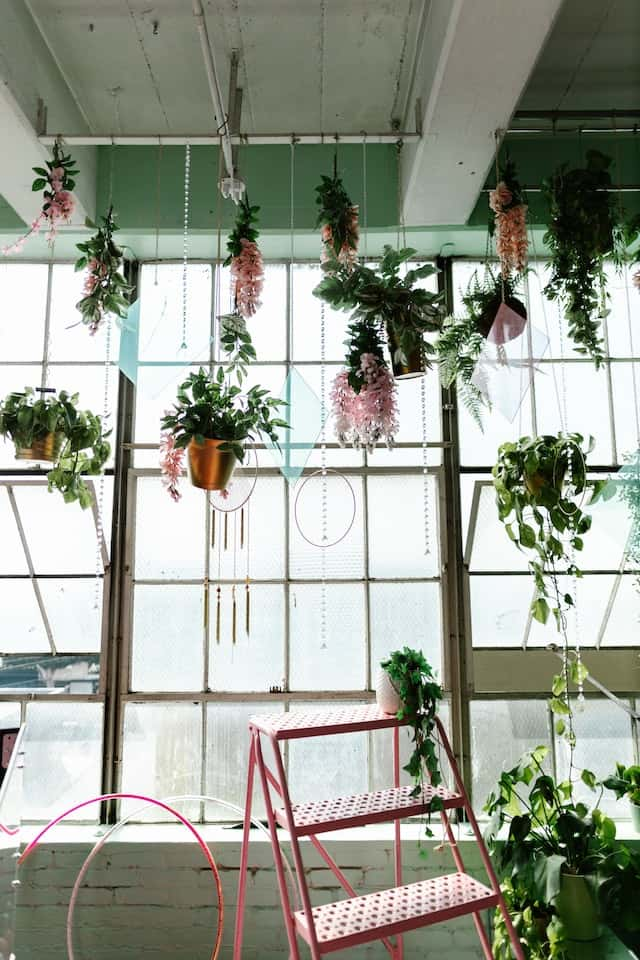
Photo by RODNAE Productions
There are two ways to hang pots from the metal brace that is not fixed to the ceiling: the first is to find hooks and plant hangers, and the second is to tie up the plant hanger to the rod without a hook. However, if the hanging pots are suspended from the metal rod, you can change their position as you would like to, but that would not be possible if the plants were secured to the rod.
You can spice up the look indoors with rods too. For instance, you can use the curtain rod in your living room to give ample opportunity to the plant to soak in the indirect sunlight and grow as it adds vibrance to the living room. However, to protect the walls or curtains, remove the plant from its hanger while watering it and return it to its position after adequately draining excess water.
Macrame Plant Hanger and Tree Branch
Macrame plant hangers are easy to make, for it is an art of knotting the rope. To make your own boho-themed plant hanger, use a cotton chord of 3.1mm thickness and use your creativity by intertwining it with the square knot, half square knot, spiral knot, or a loop knot. Alternatively, you could buy the macrame plant hanger from an interior decor shop.
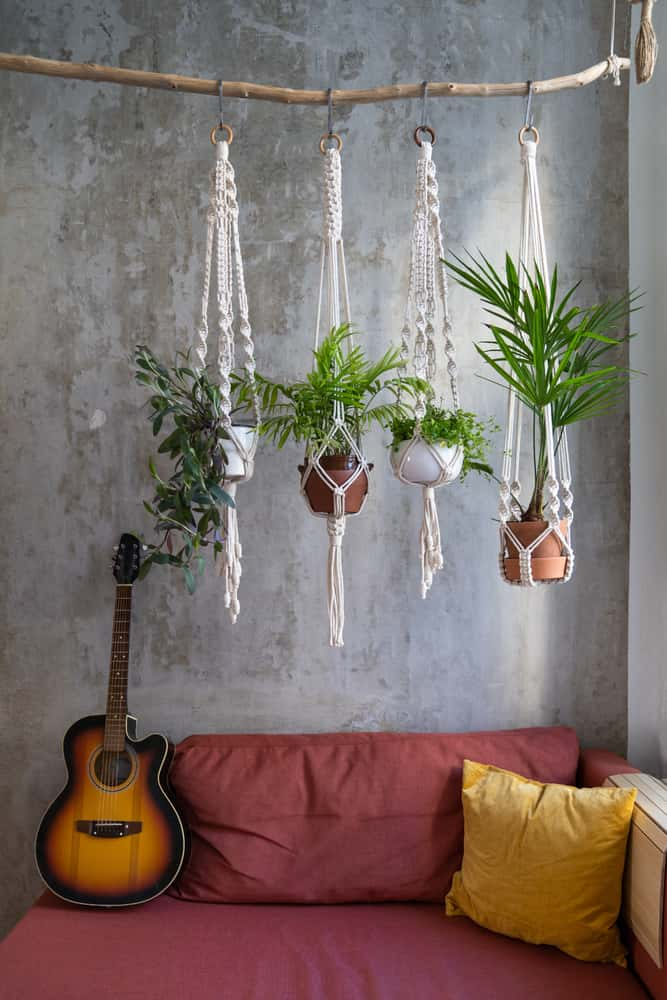
When your macrame plant hangers are ready, get a dried tree branch and hang it from the ceiling with hooks and strong cotton chords for a rustic look.
Wall Art that Lives on
A living wall is a tasteful arrangement of plants that you can put on the wall outside or inside your home. Get yourself a prefabricated wall mounting frame or board with a stand. The one with a stand works better because you can move it towards the sunlight when needed.
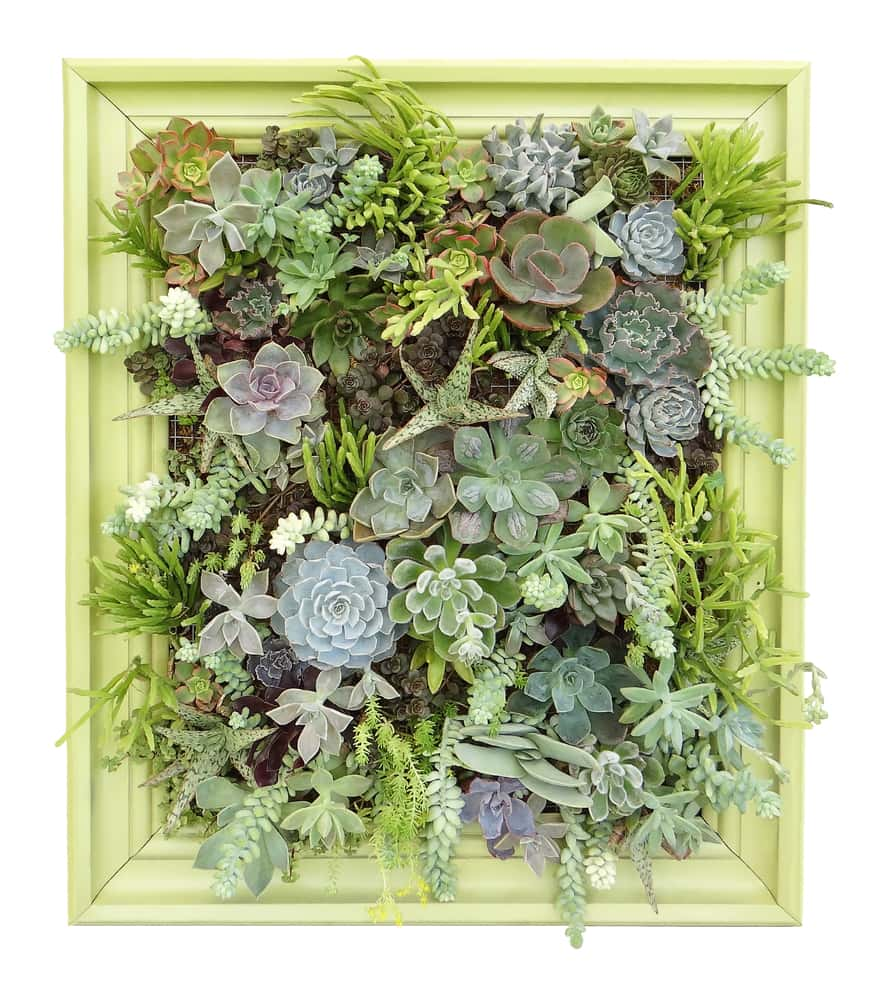
Alternatively, you can make one yourself from pallet wood. However, the frequent watering essential for the plant to remain healthy can damage the wood. To avoid that, layer the wood with plastic and secure it with a staple gun before putting it in the soil. Also, layer the insides of the pallet with landscape material which will retain maximum moisture to provide the roots of the plants with adequate nourishment. Seal the back of the pallet to prevent the water from seeping out and damaging your walls.
Install the frame on the wall, add the soil, and then insert the plants. You could use plants like a Wax Flower, Lipstick Plant, Wedding Vine, and Sword Fern. For low-maintenance living walls, you can use a succulent assortment of Christmas Cactus, Hens-and-Chicks, Panda Plants, and Aloe.
Most people live in urban areas in crowded cities that provide them with little or zero ground space for gardening. That is why vertical or hanging gardens are becoming more popular today. Moreover, they look beautiful and work to preserve the environment by absorbing pollutants and filtering carbon dioxide in the air. Use the tips in the article to reduce the carbon footprint in your locality.
Check out the HomeLane blog for more tips and ideas to help you revamp your home interiors.

